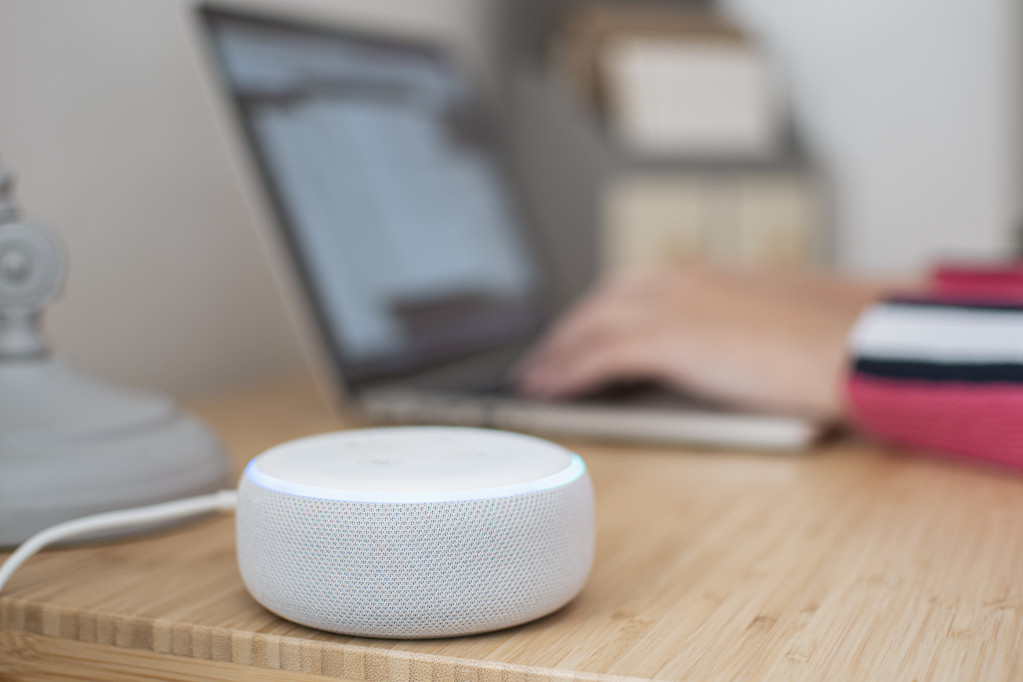
Artificial intelligence’s current trajectory as an emerging technology allows us to achieve previously unattainable efficiency and production levels. AI is being used by businesses to automate routine office chores and improve the client experience. Artificial intelligence should be the next tool on your radar, whether you’re a CEO or an entry-level employee because it will keep you competitive in your business.
Conversational AI During COVID-19
Many firms are already seeing major benefits from these solutions. According to data from major conversational AI companies, the number of interactions handled by conversational agents surged by up to 250 per cent in multiple industries.
According to a recent survey, almost 90% of firms claimed faster complaint resolution, and over 80% reported greater call volume processing when utilising conversational AI solutions.

However, the technology still has several flaws that make it difficult to use and limit its utility. Fortunately, these issues are being addressed by innovators. We expect conversational bots to become much more widely adopted in the future as a result of this.
Challenges and Limitations of Conversational AI

Its current limitations and challenges must not be overlooked. Apart from the often excessive hopes often placed in artificial intelligence, there are a few of them.
This starts with voice recognition (or Natural Language Understanding), which still has a long way to go, ranging from dialect issues to group settings, background sounds, and inadequate context recognition.
However, the biggest need for action and optimisation is in the second dimension, knowledge processing and modelling. Everyday work in businesses demonstrates that internal information is frequently not appropriately organised. There is frequently a misunderstanding that there is a need for designing good voice assistants and chatbots.
The Future of Conversational AI

I have outlined below some statistics and trends that the industry can expect in the coming months and years:
- The global conversational AI market, which includes chatbots and intelligent virtual assistants, is predicted to develop at a CAGR of 22% between 2020 and 2025, reaching about US$14 billion by 2025.
- Chatbots are now the most popular use of AI in businesses, and their adoption rates are predicted to nearly double over the next two to five years.
- Conversational AI is one of the AI domains with the most patents filed in the last year.
- According to a recent Deloitte survey, setup problems, such as training data and maintenance, were among the top reasons organisations did not deploy chatbots.
- According to Gartner, 70 per cent of white-collar workers will interact with conversational platforms regularly by 2022.
While text-based chatbots continue to dominate today, a definite trend toward using voice assistants will emerge in the coming years. According to Juniper Research, more than 8 billion voice assistants will be in use by 2023. It should be mentioned that Google’s Android smartphones are still responsible for more than 1 billion voice assistants.
Companies’ interest in implementing conversational AI solutions will expand in the coming months. The realisation that constructing your knowledge base is a precondition for developing a company-specific bot will also help.
Related: How does conversational AI give better insights?


